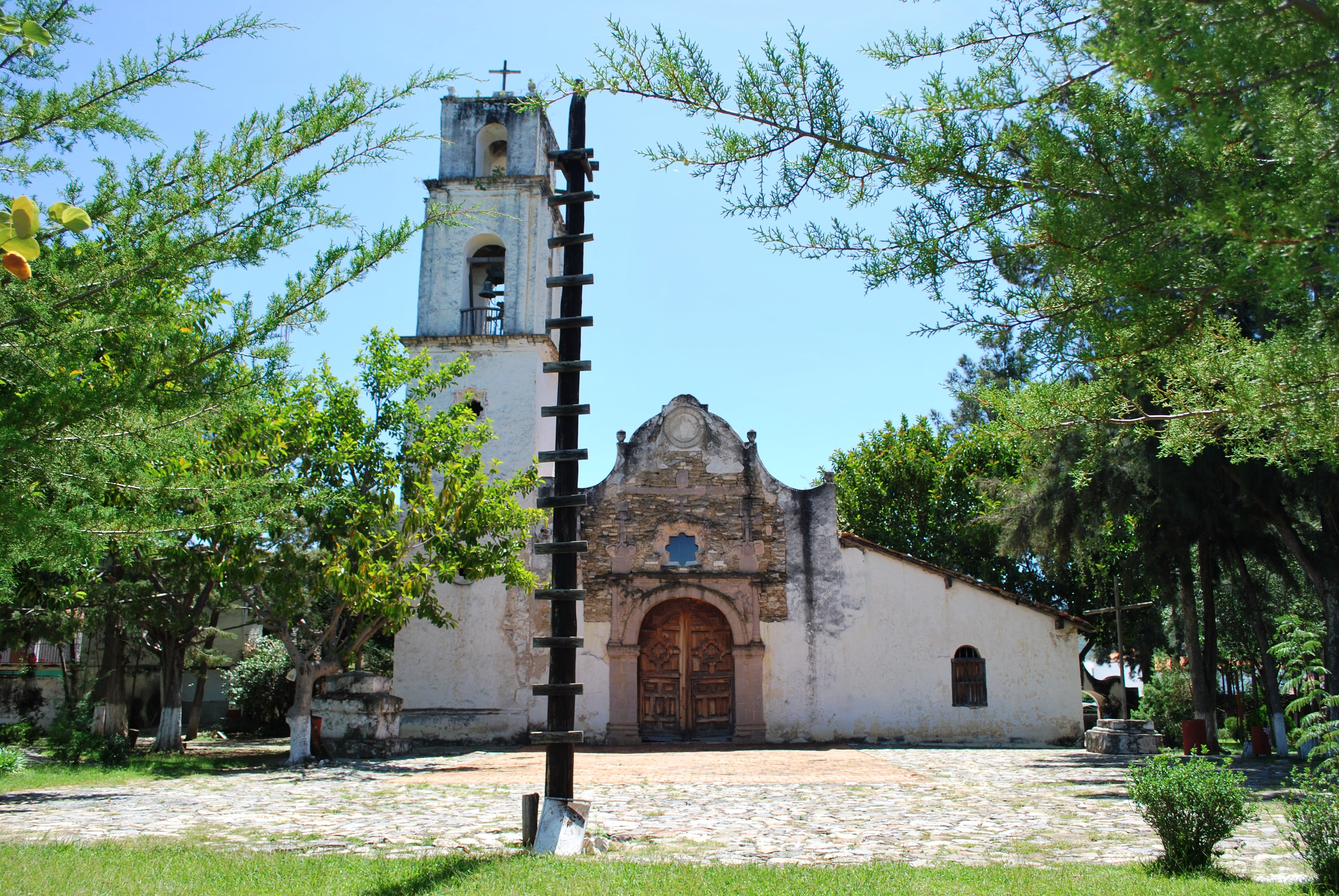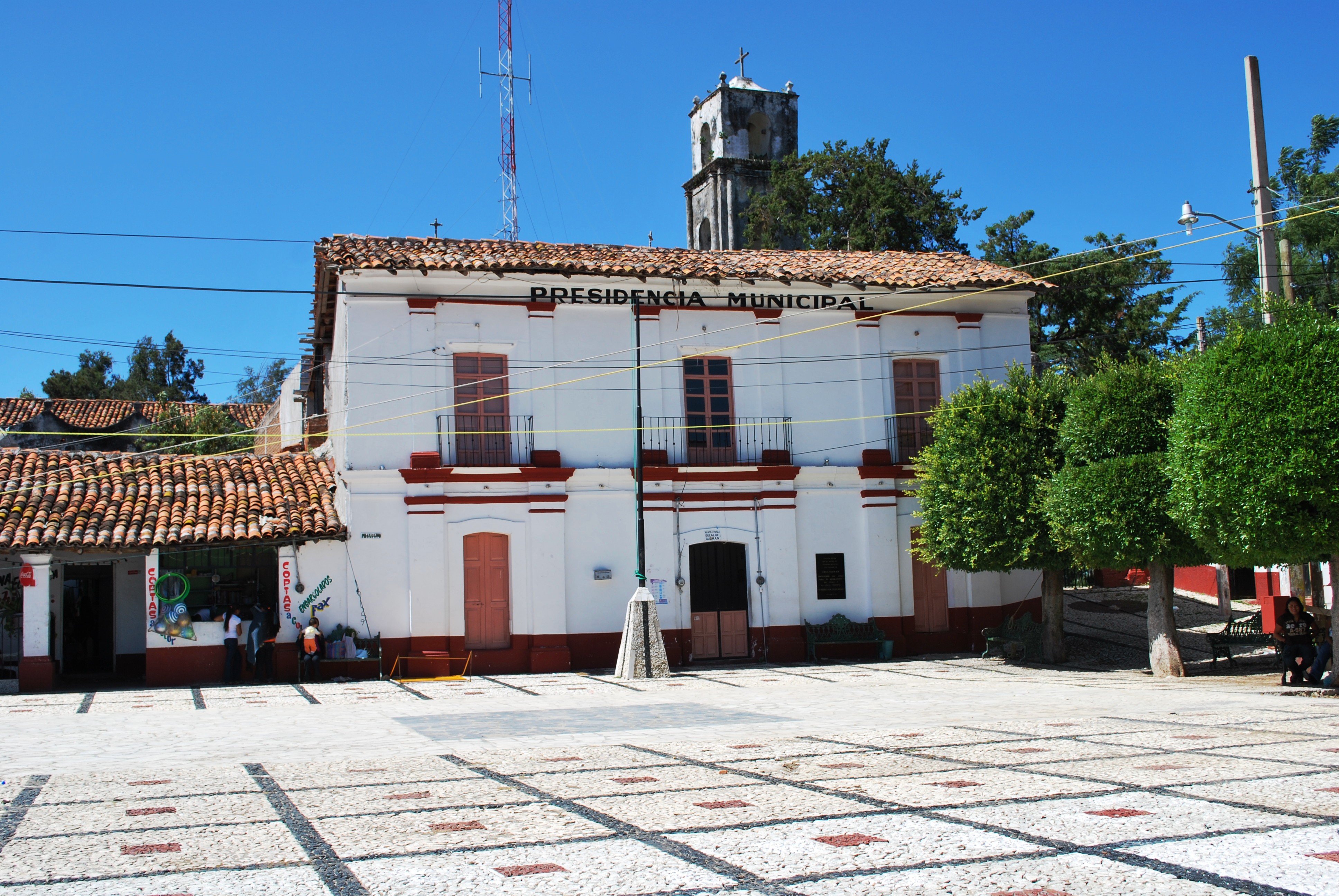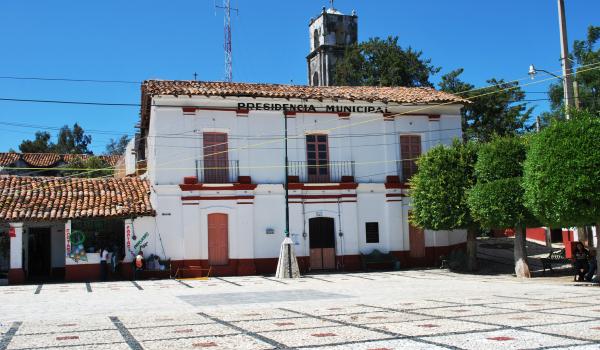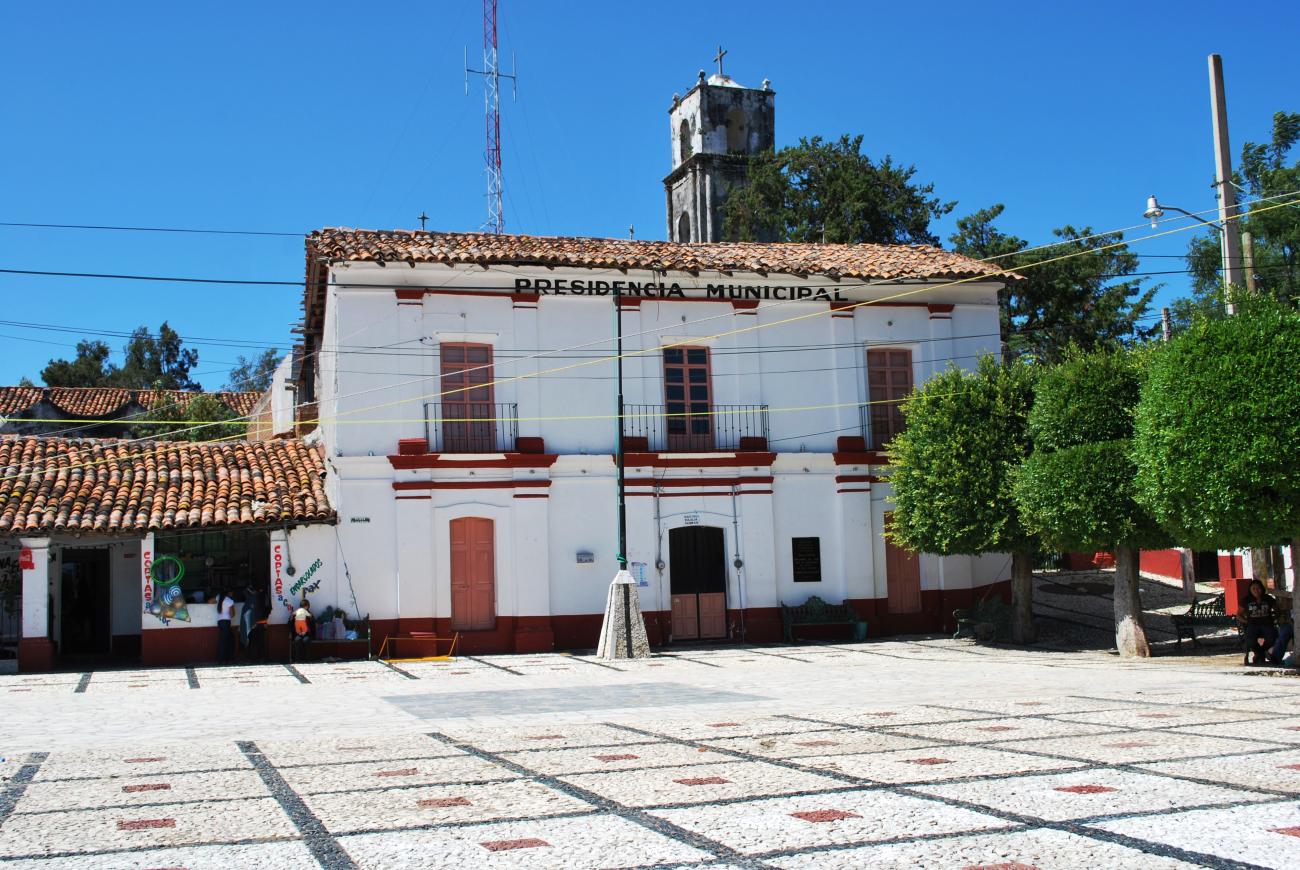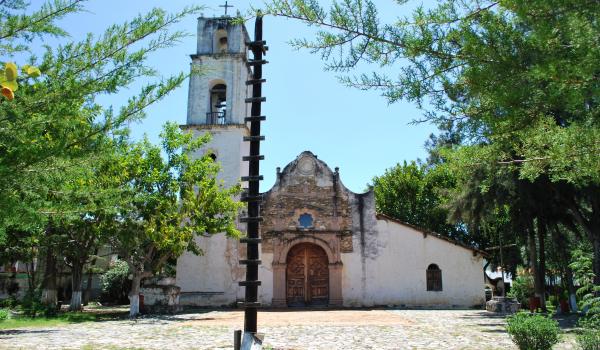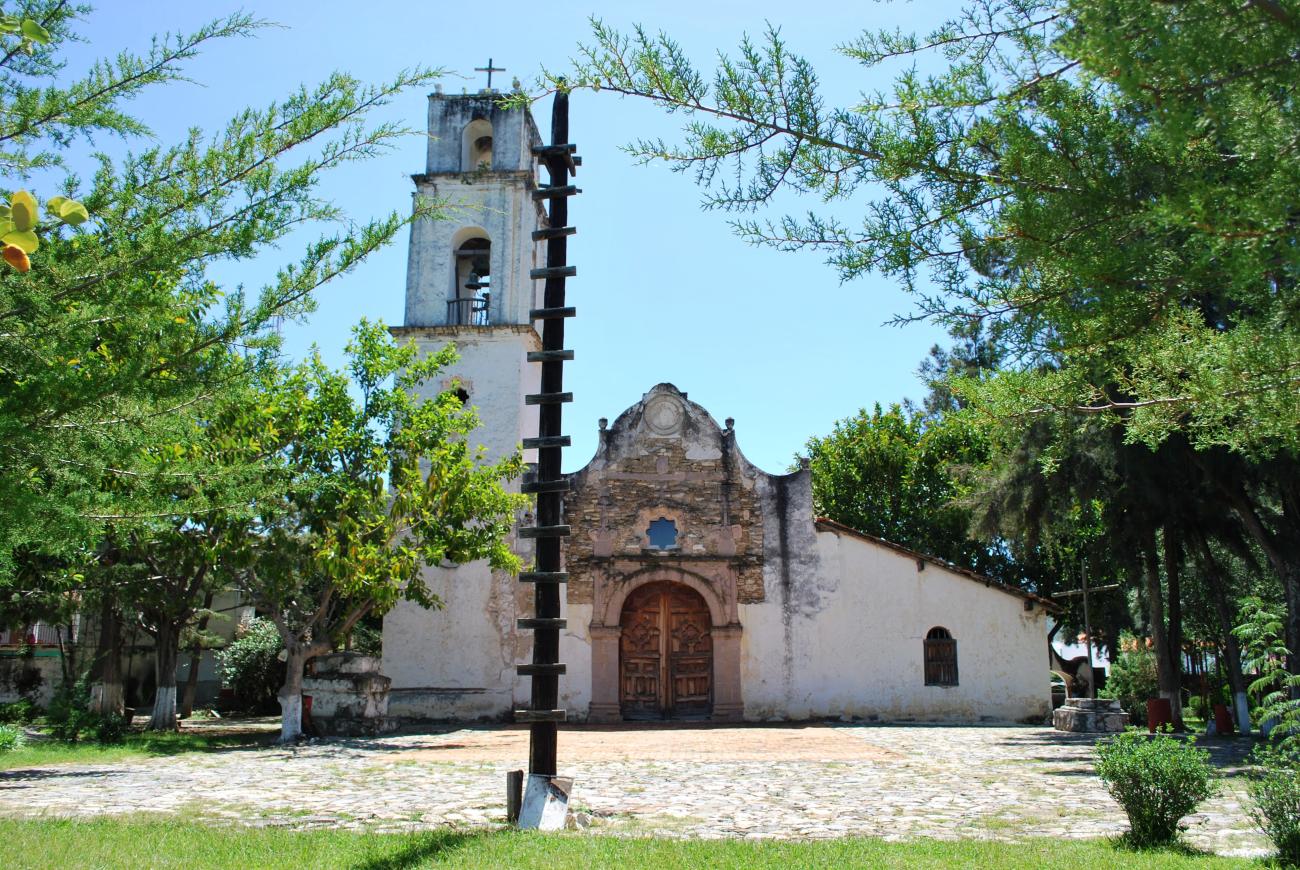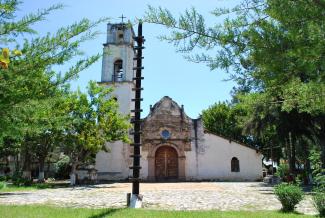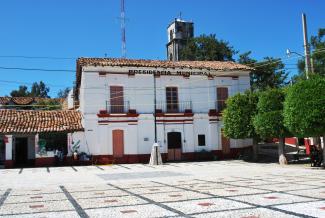Ixcateopan
Historical Monuments Zone
Abstract
This was the first Zone of Historical Monuments to be declared in Mexico. It has a great pre-Hispanic tradition and is recognized for its unique historical center paved in obsidian. The town was said to hold the remains of Emperor Cuauhtémoc in the Church of Santa María Asunción. The customs of Ixcateopan represent a synthesis of the pre-Hispanic past, colonial culture and Mexican nationalism.
The name Ixcateopan derives from Nahuatl and means “on divine cotton,” located in the north of Guerrero state and part of the northern region of Chilpancingo. It is a site of historical significance due to its pre-Hispanic remains that include an archeological zone and a strong national tradition. The archeological zone occupies about 5,000 square meters and is made up of a series of constructions located on a natural elevation.
In 1949, archeologist Eulalia Guzmán was involved in the supposed discovery of the remains of Cuauhtémoc, the last Mexican tlatoani or emperor. For this reason, every year, starting on February 22 and for five days, dances and ceremonies are held in honor of Cuauhtémoc. According to the records collected by Eulalia Guzmán, in 1529 the remains of Cuauhtémoc arrived here and were buried under the main indigenous temple, where the first Catholic church was subsequently built, the church of Santa María Asunción. As a result, in his honor, “de Cuauhtémoc” was added to the name of the town by decree of the State Congress in 1950.
The history of the archeological excavation work has been the subject of great controversy. The investigation lasting about three years and leading to heated debates which involved renowned national and foreign archeologists, in the end a commission had to be appointed that finally presented its results.
Ixcateopan also had a significant involvement in the Reform War, since its inhabitants organized themselves into guerrilla groups to fight for the liberal cause. Also of historical importance is the episode during the Revolution when the military headquarters, known as “El Campamento,” of Adrián Castrejón was established here.
The Zone of Historical Monuments stands out for the Church of Santa María Asunción, which bears testimony to the architectural style of the early 16th century, the historical plan of the town first laid out in the 16th century together with its typical obsidian street paving, as well as other important constructions. It was declared a Zone of Historical Monuments in 1975 under the presidency of Luis Echeverría Álvarez.

